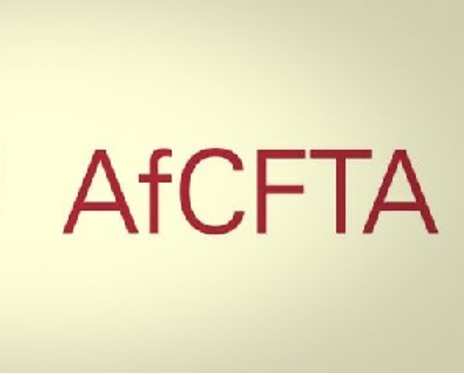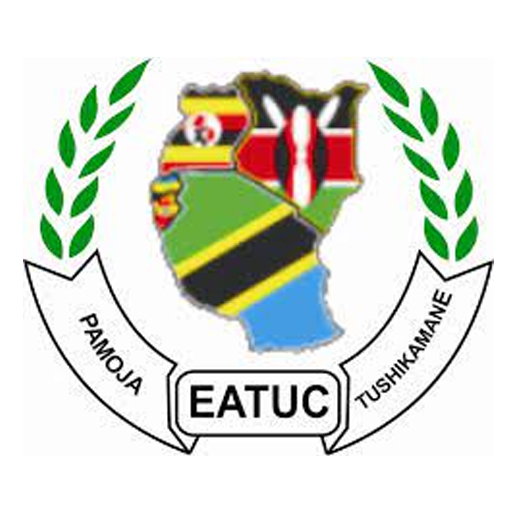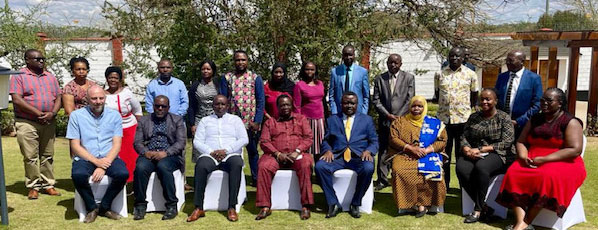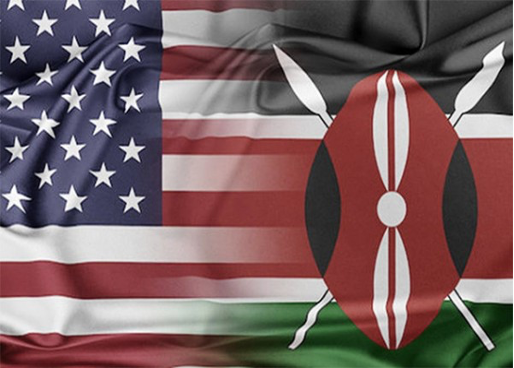AfCFTA Research Report and Position Paper.

The African Continental Free Trade Area (AfCFTA) was launched by the African Union (AU) to enhance intra-African trade and accelerate continental integration. Initiated by the AU’s 2012 decision to boost trade and fast-track a continent-wide free trade area, formal negotiations began in June 2015. On 21 March 2018, 44 Heads of State signed the AfCFTA Framework Agreement and protocols on trade in goods and services. Representing a market of 1.2 billion people and a combined GDP of $3 trillion, AfCFTA is set to become the largest free trade area since the creation of the WTO.
The agreement aims to eliminate tariffs and non-tariff barriers, create a unified African market, support the free movement of people and capital, and eventually establish a Customs Union. According to the United Nations Economic Commission for Africa (UNECA), removing import duties alone could increase intra-African trade by over 52%, with even greater gains if non-tariff barriers are also addressed. In addition, the AfCFTA is expected to strengthen industrialization, improve competitiveness, and foster regional value chains for deeper integration into the global economy.
However, like any Free Trade Agreement, AfCFTA will bring both economic gains and losses. While the agreement has been signed and is undergoing ratification across the continent, tariff concessions are still under negotiation, and real impacts are being estimated using models—most notably, the Computable General Equilibrium (CGE) model. These simulations suggest optimistic outcomes, with potential increases in GDP, employment, and trade. Under full tariff liberalization, the largest projected economic gains include South Africa ($5.7 billion), Nigeria ($2 billion), and Kenya ($1.3 billion). In terms of trade, AfCFTA could increase Africa’s global exports by 4% (or $25.3 billion) and boost intra-African trade by 52.3% (or $34.6 billion), particularly in the agriculture, industry, and services sectors









